In the dynamic world of kitchenware, baking silicone products have emerged as an indispensable tool for various baking processes. Renowned for their flexibility, non-stick properties, and heat resistance, silicone baking items are revolutionizing baking and cooking methods in multiple sectors.
Key Features of baking silicone
Silicone used in baking products is distinguished by its resilience to temperature variations, typically withstanding temperatures from -40 to 230 degrees Celsius. This makes baking silicone molds suitable for a wide range of baking and cooking tasks. The non-stick surface of silicone baking molds and sheets simplifies the process of removing baked goods, reducing the need for additional greasing or parchment paper. These products come in an array of shapes and sizes, catering to different baking needs, from muffin cups and loaf pans to baking mats and utensil sets. The flexibility of baking silicone spatula allows for easy storage and cleaning, as these items can be folded or rolled without losing their shape. Moreover, silicone bakeware distributes heat evenly, ensuring consistent baking results.
Applications of baking silicone
Silicone baking products such as baking silicone mat find their use in numerous sectors. In commercial bakeries and patisseries, they enable efficient, large-scale production of baked goods. Catering services utilize them for their versatility and ease of transport. In the manufacturing sector, silicone bakeware is essential for consistent and quality production of food items. Furthermore, they are increasingly popular in educational settings for culinary training due to their safety and ease of use. To maintain the longevity of silicone baking products, it is crucial to clean them properly after each use, preferably with warm, soapy water. While they are generally dishwasher safe, avoiding sharp tools and abrasive cleaners will prevent damage. Regular inspection for all signs of wear and tear ensures food safety and quality of the baking process.
Another significant advantage of baking silicone pans is its durability and sustainability. Silicone mats and molds are reusable and long-lasting, unlike parchment paper or foil, which people throw away after one use. This not only saves money in the long run but also reduces kitchen waste, contributing to a more sustainable cooking practice. When it comes to maintenance, silicone bakeware is generally dishwasher safe, although it's also easy to clean by hand. Simply wash them in warm, soapy water, and they're ready to be used again. The flexibility of silicone also makes it easy to store, as people can fold or roll them without worrying about damage.
Considerations of baking silicone
When sourcing silicone baking products such as baking silicone mold, several factors are critical: Verify that the silicone is food-grade and free from fillers or harmful chemicals. Ensure that the products can withstand high temperatures and frequent use. Consider various shapes and sizes available to meet diverse baking needs. Ensure that the products meet relevant food safety and quality standards. Ascertain a reliable supply chain for consistent product availability.
Silicone baking products are a strategic addition to the inventory of businesses in the food and hospitality sectors. Their multifunctionality, ease of maintenance, and compliance with safety standards make bake silicone a prudent choice for businesses aiming to enhance their baking and cooking processes. Understanding their features, applications, and maintenance needs enables businesses to make informed purchasing decisions, ensuring satisfaction and efficiency in their culinary ventures.

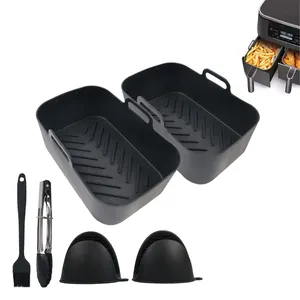
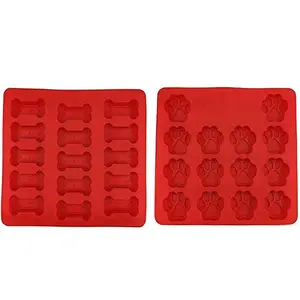

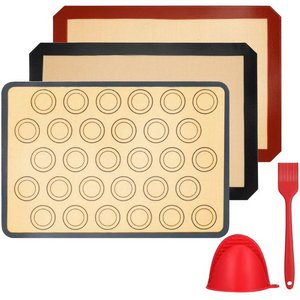




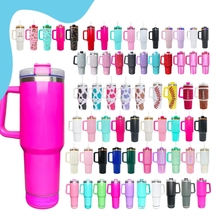







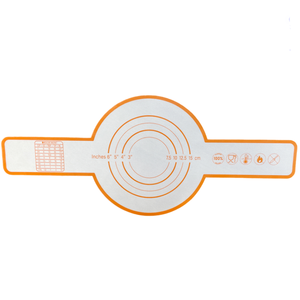






















 浙公网安备 33010002000092号
浙公网安备 33010002000092号 浙B2-20120091-4
浙B2-20120091-4